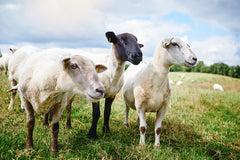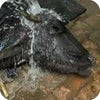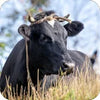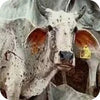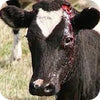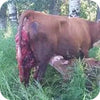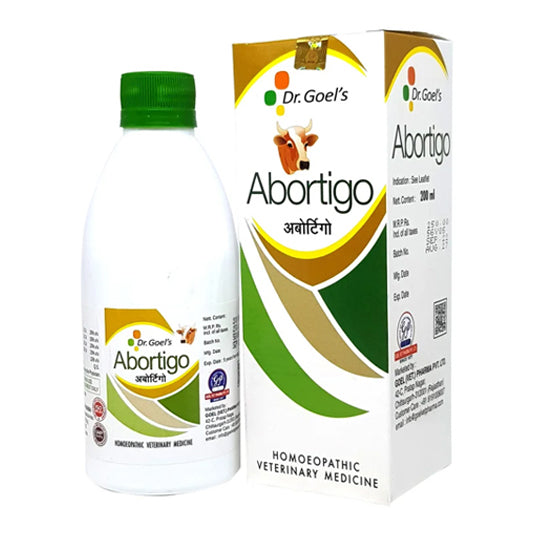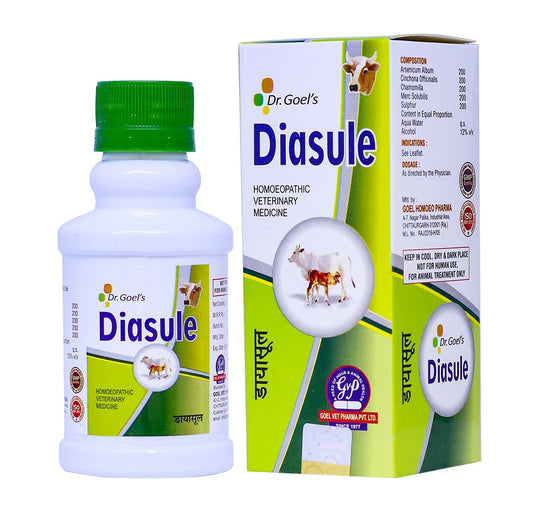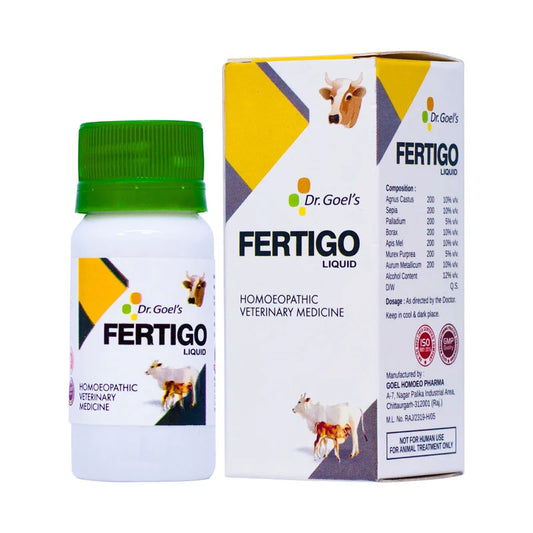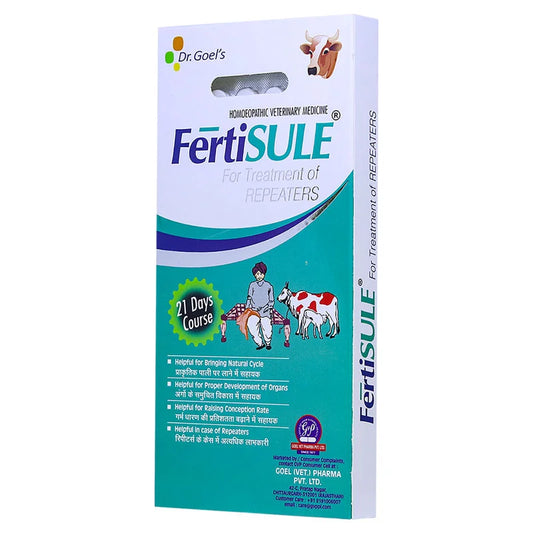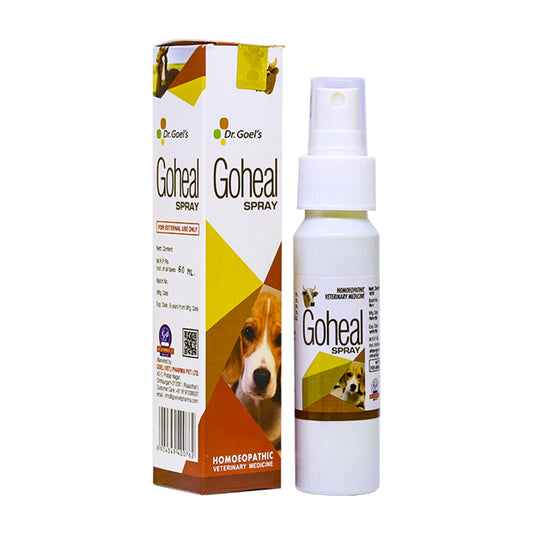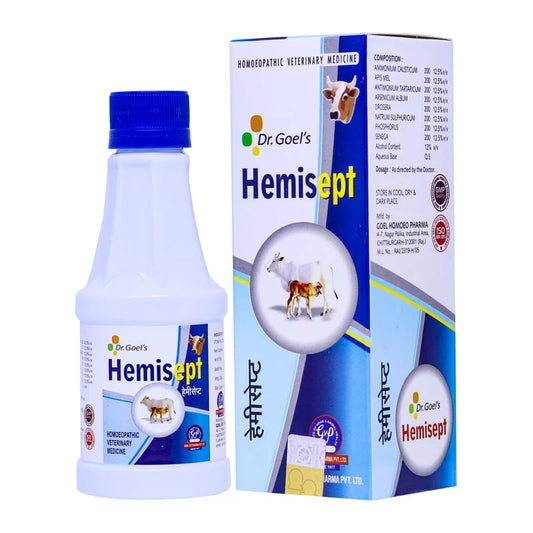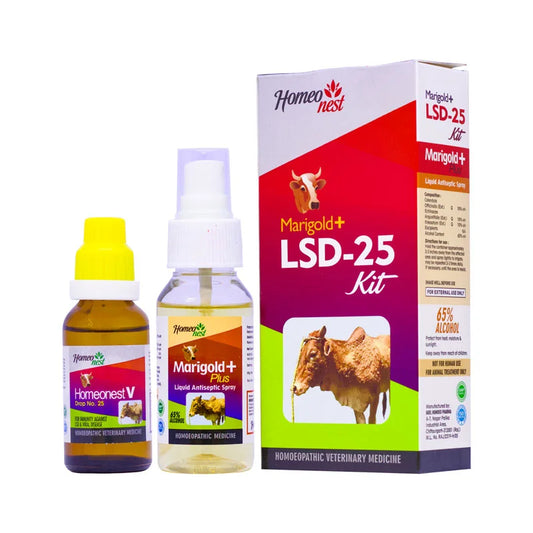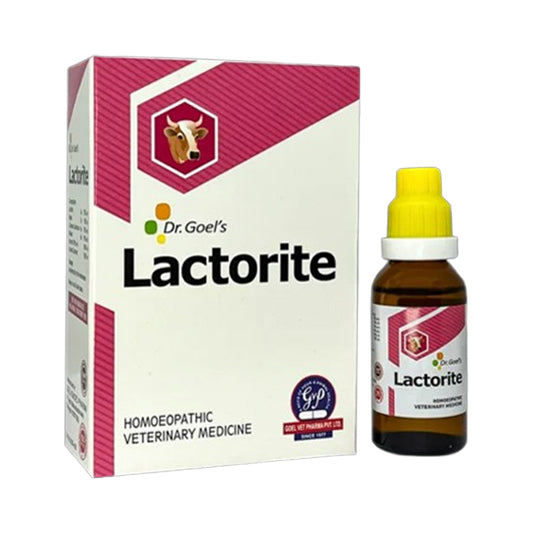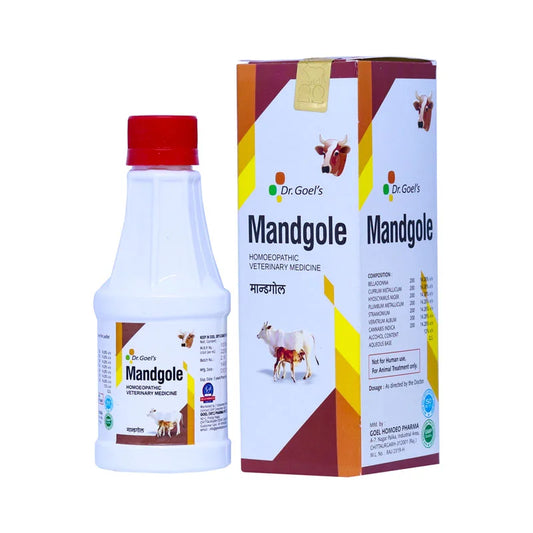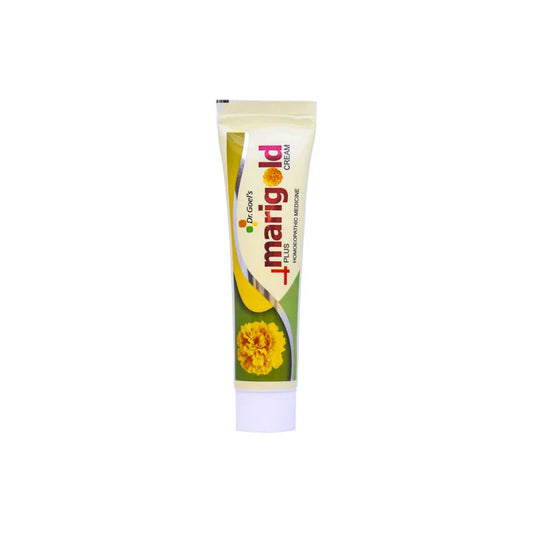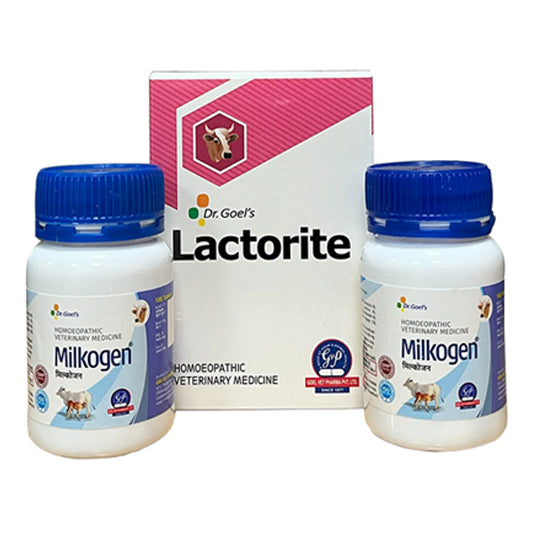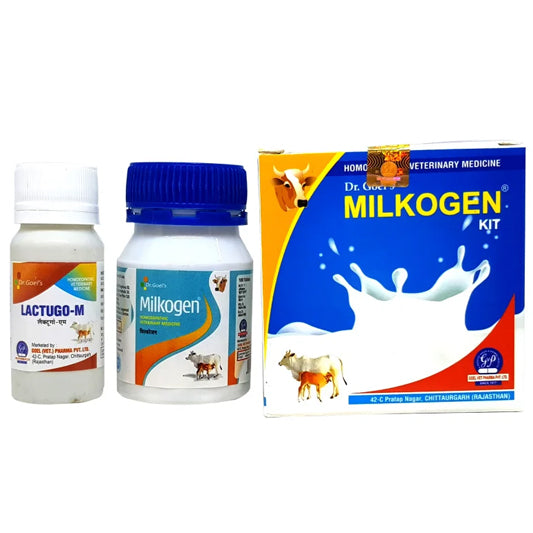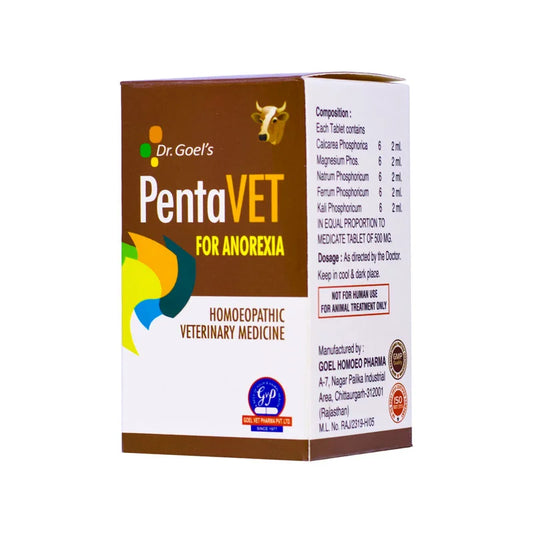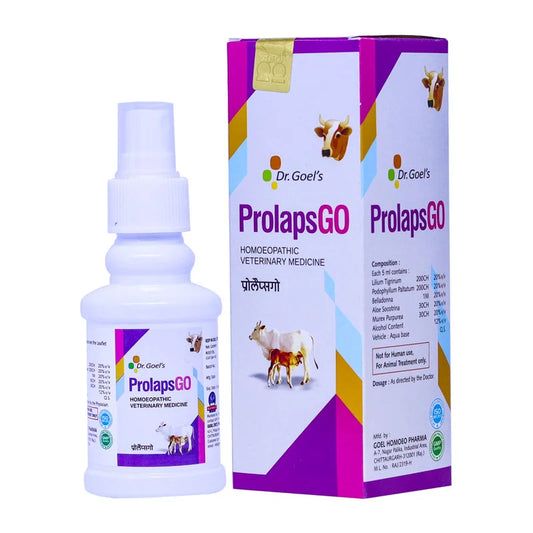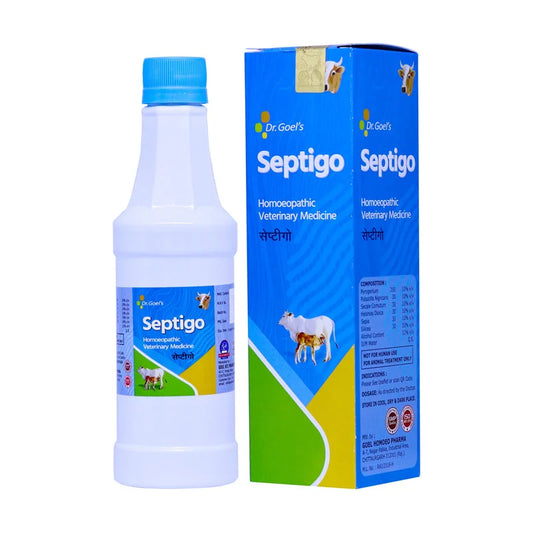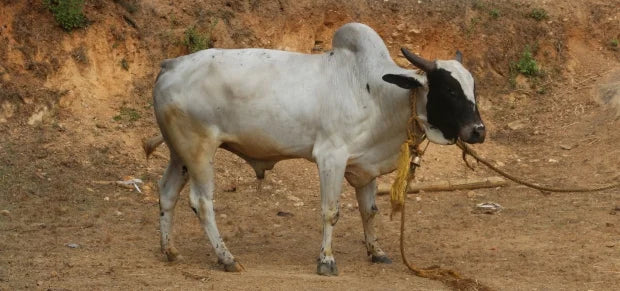


Deoni Cow Breed
| Lifespan Deonicows typically have a lifespan ranging from 12 to 15 years, contingent on factors like nutrition, healthcare,and overall management practices |
Origin TheDeoni breed hails from the Deoni talukin the Latur district of Maharashtra, India. It's also prevalent in parts ofKarnataka and Andhra Pradesh. The breed is believed to have evolved from a mixof Gir, Dangi, and local cattle over the past two centuries |
| Temperature Adaptability Deoni cattle are well-suited to tropical climates, displaying resilience to heat and humidity. Their loose skin and sturdy build aid in thermoregulation, allowing them to thrive in regions with high temperatures. |
Weight ● Cows: Approximately 430 to 455 kg ● Bulls: Approximately 590 to 600 kg These weights can vary based on factors such as diet, health, and management practices. |
| Colors The breed predominantly exhibits a white coat with distinctive black spots, though some individuals may present a completely white coloration. The skin is generally thin and loose, contributing to their adaptability in various climates. |
-- |
About the Breed
Deoni cattle are medium-sized animals characterized by a broad head, thick and medium-sized horns, a deep and wide
chest, and long, drooping ears.They possess a well-developed udder, making them efficient milk producers. The breed is recognized for its dual-purpose utility, serving both in milk production and as draft animals in agricultural operations.
Milk Production
On average, Deoni cows yield about 1,135 liters of milk per lactation period, which typically spans around 300 days.The milk has a fat content ofapproximately 4.3%, making it suitable for various dairy products.Well-managed herds have reported higher yields, emphasizing the importance ofproper care and nutrition.
Common Problems in Deoni Cows
While Deoni cattle are generally hardy, they can encounter certain challenges:
Low Milk Productivity
Despite their dual-purpose nature, some Deoni cows exhibit lower milk yields compared to specialized dairy breeds. Genetic improvement programs are essential to enhance their productivity.
Nutritional Challenges
Inadequate nutrition, especially in arid regions, can affect their health and milk production. Ensuring access to quality feed and fodder is crucial.
Management Practices
Traditional management practices may not always align with modern dairy farming techniques,potentially limiting the breed's performance. Training and support for farmers can help bridge this gap.




